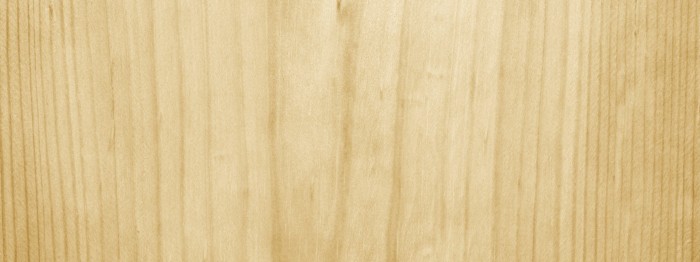
Scots Pine wood
Scots Pine
The Scots Pine wood (not to be confused with the Northern Pine) is a “pioneer” species. It grows nearly everywhere in France, especially in the Massif Central, the Loire Valley, the Alps, the Vosges etc. This makes it a very important available resource. If its heartwood is brown-red even reddish, its sapwood can be distinguished by its yellow colour. Its grain is straight, fine to medium, according to the growth rate.
Physical and durability properties of natural wood (besides sapwood)
- Density : 560 kg/m3 (medium heavy wood)
- Young modulus: 14,500 MPa (rigid wood)
- Monnin hardness: 3 (Soft to medium hard wood)
- Stability: Average
- Fungal durability and employment class: Class 2 lifespan > 100 years/class 3a lifespan between 10 and 50 years/class 3b lifespan between 10 and 50 years/class 4 lifespan < 10 years
Durability properties of wood impregnated by autoclave (CL4)
- Fungal durability and employment class: Class 4 lifespan between 10 and 50 years. After treatment, this species is more resistant to termites.
Uses for Scots Pine species
- Structure (framing, covering, understructure)
- Siding/Cladding (after treatment by impregnation or by high temperature)
- Exterior layout (after treatment by impregnation or by high temperature)
- Outdoor carpentry (with protection by treatment + finish or casing)
- Interior layout
- Profiled for DIY and indoor cabinetry
- Plywood
Special features of Scots Pine wood
Slow drying
Easy to use and to glue (Machining and gluing)
Knots somewhat hard sometimes
Can be finished after careful sanding
Origin France